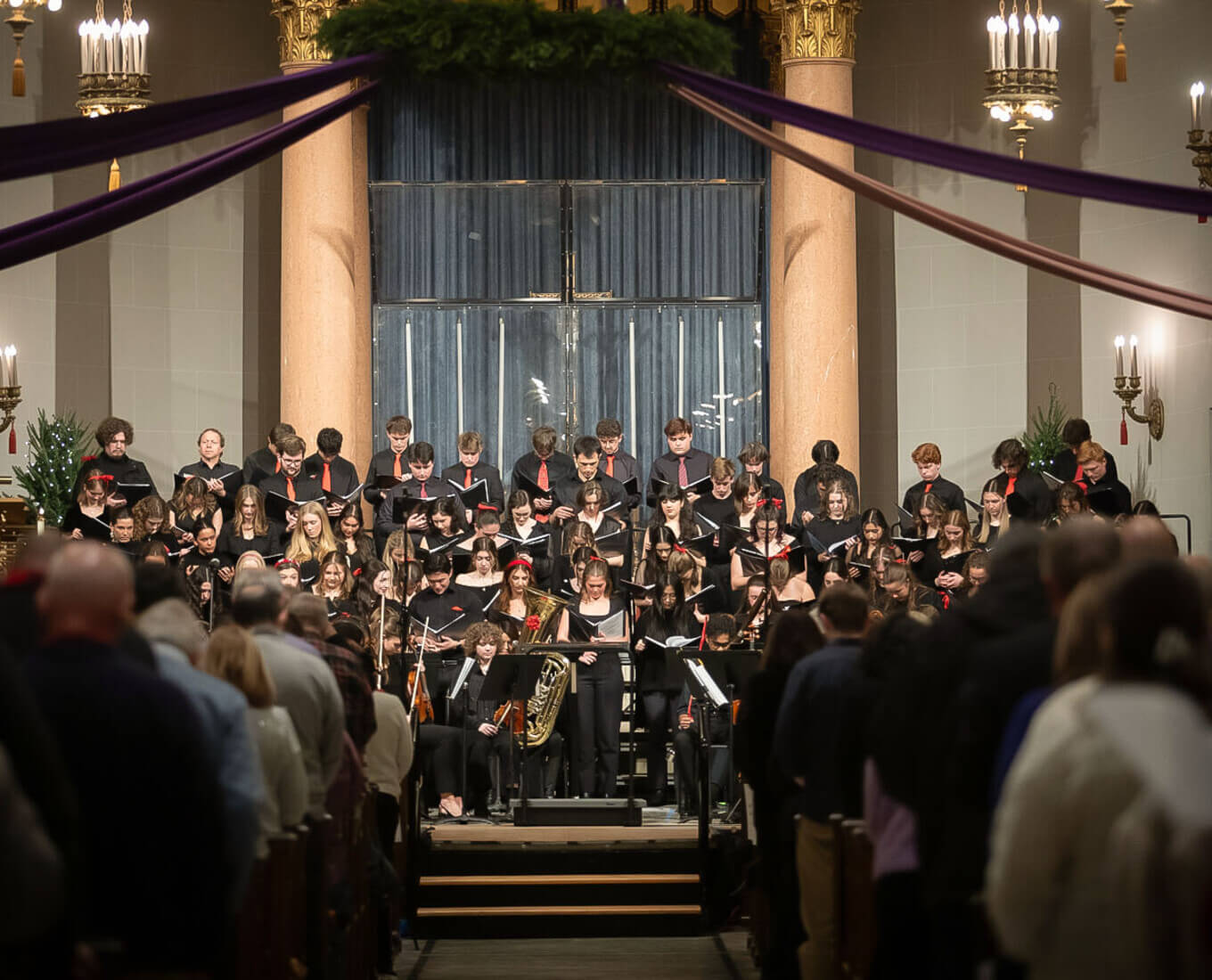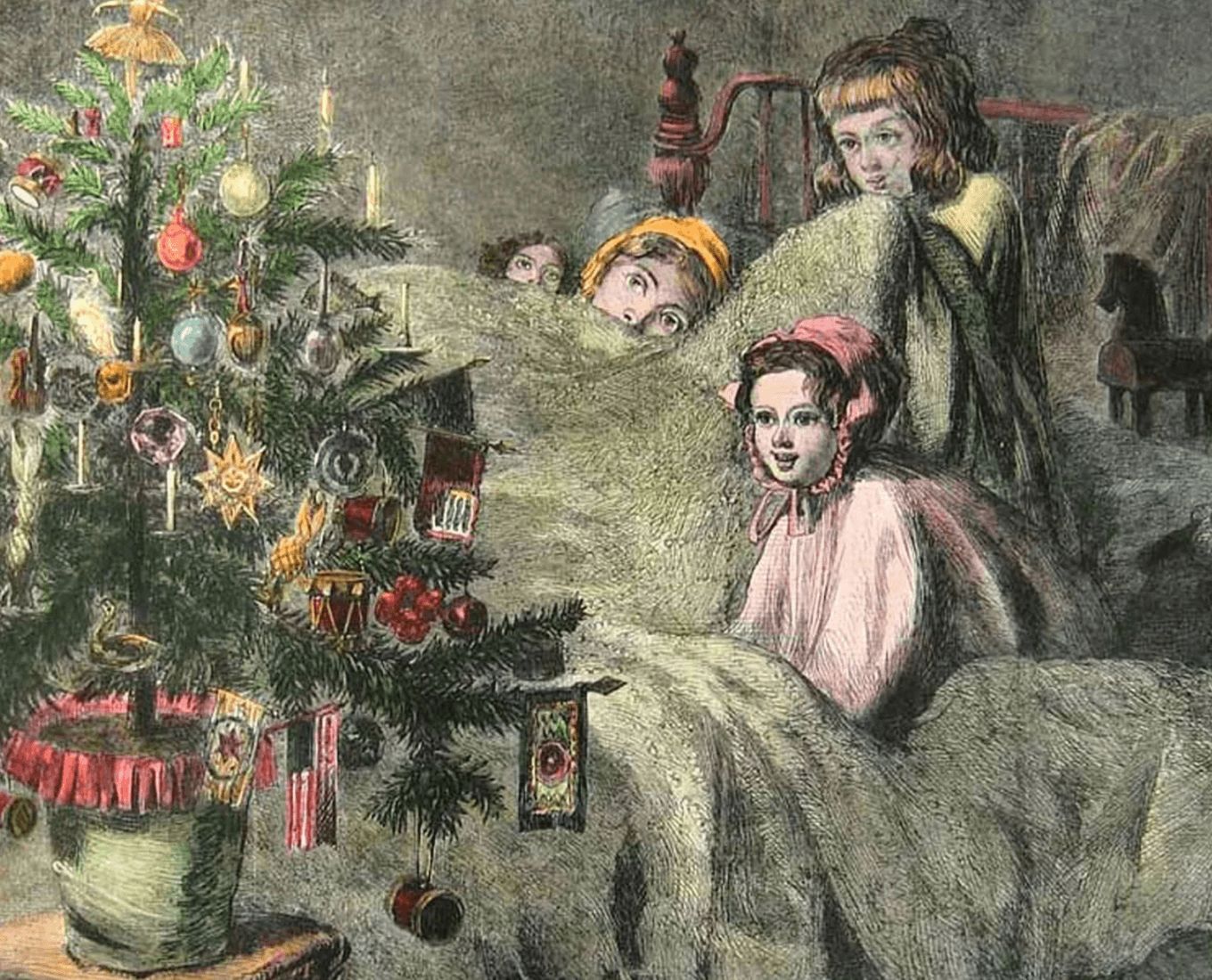This is the golden era of Irish prose, Reynolds says, and Irish women writers have had a lot to do with that. "We need to be reading and teaching more Irish women writers," she insists.
The modernist period in literature flourished in the early 20th century and signaled authors breaking with religious, political, artistic and societal traditions. The writers Reynolds writes and teaches on embrace "the stubborn mode," her term for refashioning modernism to highlight persistent cultural problems and critique society's solutions.
'Only the best of the best could get through'
In 2000, Reynolds was in Dublin researching 20th-century theater. After a long day at the National Library reading old letters, papers, press cuttings and texts, she would reward herself by browsing the bookshelves of the nearby Hodges Figgis bookstore.
"And I would look for contemporary fiction by Irish women because there wasn't a lot of that in the States," she says. "But I couldn't find much more in Irish bookstores. There would be a couple of contemporary books and I would buy them and they would be magnificent. It suggested to me that the gatekeeping for women to publish was so rigid that only the best of the best could get through."
Reynolds read more contemporary Irish women's writing and saw telltale modernist literary tactics, such as style, tone, forms and history, indicating that the literary tradition launched 100 years earlier persisted into the present.
One example of this is Rooney, who is powering the current — and immense — interest in Irish literature. Her book sales are measured in millions of copies and two of her novels, "Conversations with Friends" and "Normal People," became very popular television series.
(Side note: Holy Cross holds a place in the Rooneyverse. The author gave an early interview about "Intermezzo" from The Writers Room at the Museum of Irish Literature, a writer's retreat overlooking St. Stephen's Green, a space funded in part by the College's Professor Edward Callahan Irish Studies Support Fund.)
The dangerous work of literature
Listening to Reynolds talking about Irish literature is something like watching a theatrical performance. She speaks quickly, enthusiastically. She paces her small office talking about two boys "miching" (playing hooky) in Joyce's short story "An Encounter." She sits, shrugs dramatically, palms supine, when speaking about the ambiguous endings of Rooney's "Normal People" and Claire Keegan's "Small Things Like These."
"How do you grapple with ambiguity? How can a person be both a magnificent hero and selfish? Most of us are both of those things but to see that on display, how do you make sense of that? she asks.
This is one of great literature's greatest tricks: Readers are taken in and turned inward.
"That's what we're trying to teach our students: to think through ethical conundrums without necessarily expecting an easy answer," she says. "Irish literature is perfect for this. What in the narrative could you change? What can you not change?
"If people understand that language has the power to alter the world for good or ill, then they would more overtly and aggressively respect the work that happens in a literature classroom," Reynolds continues. "We are giving you the tools to dismantle damaging structures in those lessons. Literature can help us untangle stubborn problems. It's a dangerous tool for the power of good."


